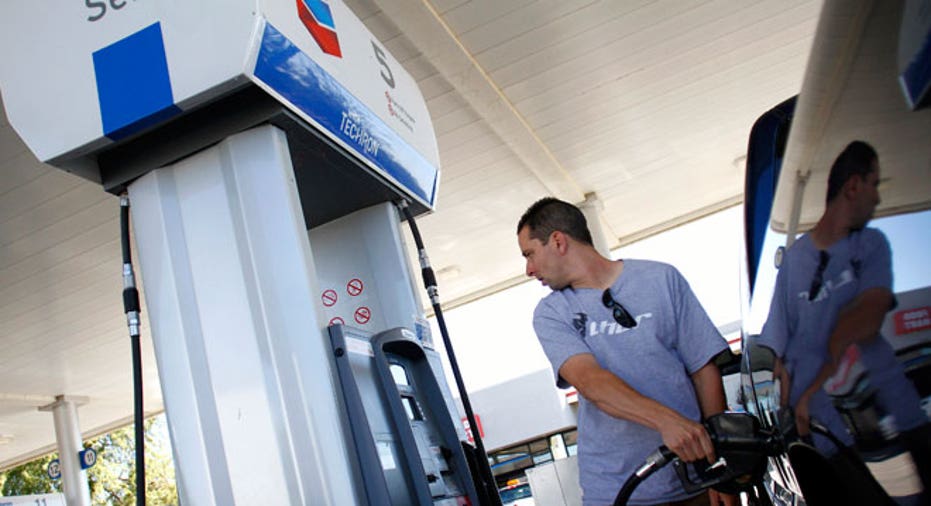How Drivers Can Fight Back Against Rising Gas Prices

Here’s some bad news for drivers already feeling the pinch every time they pull into a gas station: prices will likely continue to climb through the summer driving months.
A rebounding economy and January’s rally on Wall Street are pushing prices higher. “Thanks to economic improvement, demand is also up roughly 3-to-5% over last year,” says Patrick DeHaan, senior petroleum analyst for GasBuddy.com. He adds that anytime the Dow gains or loses 100 points or more, gas prices follow suit in either direction 90% of the time, he says.
The national average for a gallon of regular unleaded gas is $3.70, up from $3.26 just one month ago. DeHaan says Americans can expect to pay in the upper $3 range for the summer, depending on location. Drivers in major cities, including New York City, Los Angeles and Chicago, can expect to see prices of more than $4 a gallon for regular gas.
Here are some tips from DeHaan on how to save money on gas as prices continue their climb:
No. 1: Watch your driving habits. Aggressive driving habits can bring the average prices for gasoline way above $3.70, according to DeHaan. “Slow down-- accelerating at a slower pace can do wonders,” he says. “I changed my driving habits for three tanks of gas, and saw my miles per gallon go to 26 [miles] from 34. You can try going just under the speed limit, driving defensively and coasting when you see the light ahead of you turn red.”
No. 2: Pay attention to vehicle maintenance. DeHaan says drivers often ignore issues with their vehicles because they don’t want to foot the mechanic’s bill, but driving around with a check engine light on, for example, will burn more fuel and can cost you more in the end.
“You can see your fuel economy go up from 5%-to-30%. It depends on the scope of the problem, but the car may have no idea how much fuel to burn.”
No. 3: Be conscious of where you are filling up your tank. Getting gas in affluent areas, for example, may wind up costing you more than stopping in stations in more rural locations, says DeHaan. He also says that stations near state lines tend to have large price discrepancies, so do you research. For example, gas taxes (federal, state and city) in Missouri are about 36 cents per gallon, whereas in neighboring Illinois, these same taxes are 64 cents per gallon.
Other major differences in gas tax prices are seen in New York and New Jersey, with the Garden State offering cheaper rates, and California and Arizona, because Arizona has lower taxes, DeHaan says.